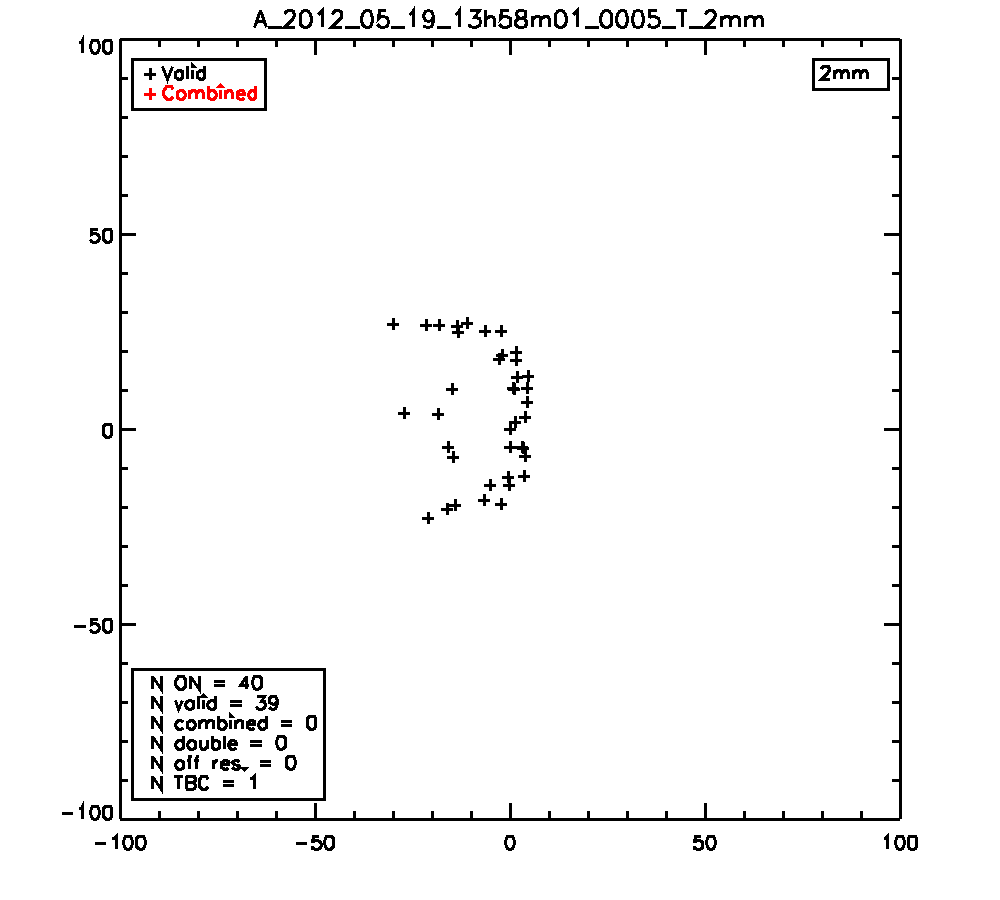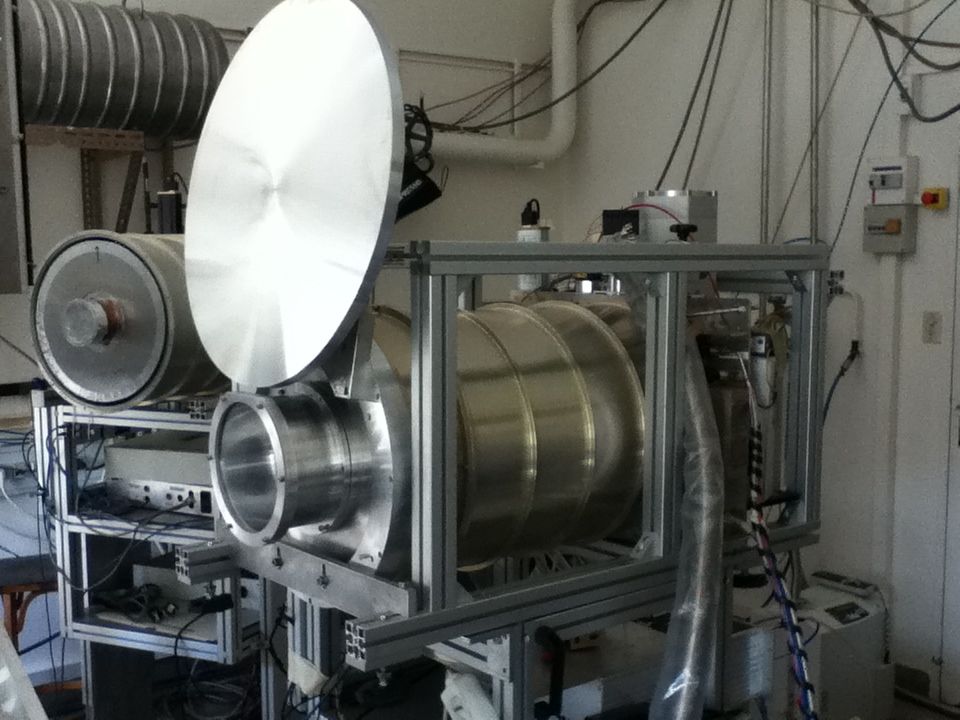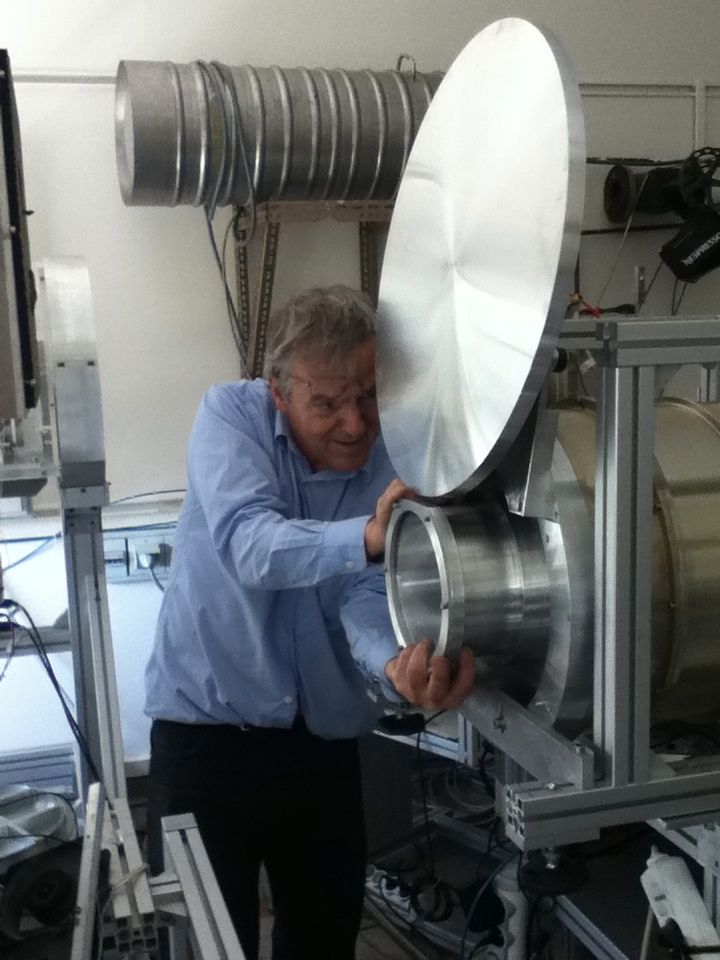|
Size: 4829
Comment:
|
Size: 7962
Comment:
|
| Deletions are marked like this. | Additions are marked like this. |
| Line 20: | Line 20: |
| Line 46: | Line 49: |
| * IRAM/Granada: * 2 rooms: Operators: Juan / Salvador. * 1 room: Astronomers of Duty: Sandra / Nicolas. * 2 rooms: cooks and cleaning personal. * 1 room: receiver engineer. * 2 rooms: several from various groups. |
* IRAM/Granada: 8 rooms in total: * 2 rooms: Two Operators * 1 room: Astronomers of Duty (Albrecht). * 1 rooms: cook and cleaning personal. * 1 room: Juan. * 1 room: Receiver Engineer (Santiago or Dave) * 1 room: Salvador * 1 room: Pako |
| Line 53: | Line 58: |
| * Visitors astronomers (heterodynes): | * Visiting observers (Heterodyne projects): |
| Line 58: | Line 63: |
| For more details on traveling and presences dates see the [[attachment:NikaRun3/Schedule_NIKA_visitors_June2012.pdf|color table of the NIKA staff schedule]] (will be available once I have the dates for Martino, Philippe, Juan and Robert). | For more details on traveling and presences dates see the [[attachment:Schedule_NIKA_visitors_June2012.pdf|color table of the NIKA staff schedule]] (will be available once I have the dates for Martino, Philippe, Juan and Robert). |
| Line 61: | Line 66: |
| == Detectors information == | == Detector information == |
| Line 71: | Line 76: |
| MPI spectral transmission measurements (A. Monfardini, M. Calvo, FXD) of representative arrays can be found [[attachment:MPI_2012_04_13_v1.jpg|here]] and compared with [[attachment:MPI_2012_04_13_v2.jpg|Run#2 and #3]]. Maximum transmission is at 144 and 242 GHz. FWHM is 43 and 57 GHz. These are pseudo-transmission curves as they already include a nu^2 Rayleigh-Jeans weighting (the hot&cold load calibration source spectrum). == List of Astronomical Targets == [[ListOfAstroTarget2012| List]] |
|
| Line 79: | Line 88: |
=== Monday 14-05-2012 === ||{{attachment:NikaRun4/miroir_cryo.jpg| The cryostat with its new optics |width=400}}||{{attachment:NikaRun4/alain_miroir_cryo.jpg| the new optics |width=400}}|| === Saturday 19-05-2012 === Je suis a 490 MHz sur la click FPGA soit un bin de 1.869 MHz je mets 50kHz de deviation modulation sur les 2 bandes matrice A : 1mm : 2.288149 GHz dac 3db HF 0 db sortie 10db - 1 ampli matrice B : 2mm : 1.3013 GHz dac 3db HF 20 db sortie directe - 1 ampli 12h51m11_0001_T scan table xy pas 5mm et 20% (50x50) 13h02m45_0002_B un balayage complet des 2 bandes la 1 mm a beaucoup bouge : je recherche les résonances sur les 2 matrices 13h29m01_B Je relance un balayage 13h31m01_0004_T puis une carte scan table xy pas 5mm et 20% (50x50) 13h48m41_B balayage complet la 1mm est montee en frequence de 110 KHz : je recentre la 1mm et ne touche pas a la 2mm petit balayage sur les 2 matrices pour recentrer le bins 13h58m01_0005_T Nouvelle carte avec un pas plus faible (3mm) mesures de bruit {{attachment:NikaRun4/A_2012_05_19_13h58m01_0005_T_2mm_FP_pos.png|2mm matrix |width=400}} {{attachment:NikaRun4/B_2012_05_19_13h58m01_0005_T_1mm_FP_pos.png|1mm matrix |width=400}} 14h22m30 balayage complet pour regarder les derives: la 1mm est montee de 140 kHz (on est a 181 mK en train de refroidir lineairement 5mK par heure 14h30m57_0006_T encore une carte pas de 5mm apres un reglage pour voir la stabilite de la photometrie Il y a des sauts dus à des erreurs sur la roach A (pas d'erreur sur la roachB) : je fais kill dhclient3 (3304.3) 14h40m20_0007_T Un petit balayage et je refaits une carte : a priori, plus d'erreur et plus de sauts 14h47m50_T 14h50 : corps noir a 12.32 ohm : je chauffe a 20V 1.3A puis 30V 2A 14h56 : corps noir a 13.09 ohm puis ca refroidis a nouveau 14h58 : j'enleve le bras et la bille puis je passe 2 fois une feuille de polystyrene mesure de bruit 15h10 : je baisse la puissance de 5db sur la matrice A : dac 3db HF 5 db sortie 5db - 1 ampli la frequence monte encore de 250 KHz : je recentre les resonnances qui sont plus belles 15h18m35_B Un balayage complet matrice A 15h20m08_B un petit balayage pour verifier et recentrer 15h22m50 2 passages d'une feuille de polystyrene puis mesure de bruit |
NIKA run #4 (28 May - 5 June 2012)
Goals of the run
Test the NIKA prototype in its final position in the Nasmyth cabin of the 30m telescope. Full characterization of the system on sky, not an astronomical oriented run.
- Test the new NIKA optics that should have better optical quality and less optical distortion.
- Test the new IRAM optics designed to allow NIKA and GISMO to co-exist as permanent guest continuum receivers. Simply turning the mirror M4 to 2 different positions can allow using the two instruments alternatively.
- Qualify the 1mm channel. The band-pass filters have been modified that should allow three times more photons on the Kids than on run3.
- Test the quick-look offline processing scripts: Raw to fits, fits to IMBfits, IMBfits to plots (via Mopsic).
- Test automation of Kid tunings.
- Suppress the electronic cross-talk that induced common glitches and the Mars “plateau”....
- Have a training session on how to start the NIKA cryogenics.
- Test detectors with a better cosmetics (many missing pixels in the last run).
- Test more canonical procedures (Focus, Skydip).
Preparation and run schedule
Details of the run preparation and plan
Summary schedule of the run:
Dates |
Main Event |
29.05. Tuesday |
Arrival of first visitors, truck, and hardware at the telescope. Install NIKA in the receiver cabin |
30.05. Wednesday |
Cool down |
31.05. Thursday |
~ 2 hours telescope time required for test and preparation (alignment…) |
01.06. Friday - 05.06. Tuesday |
On sky observations: 4 slots of 6 hours each |
05.06. Tuesday |
NIKA staff leave the telescope, NIKA prototype stays in place |
Staffing of the run
- NIKA staff
- Samuel Leclercq (coordinator), IRAM/Grenoble, shared room/hotel Kenia.
- Robert Zylka, IRAM/Grenoble, single room.
- Alain Benoit (PI), Institut Néel, shared room/hotel Kenia.
- Martino Calvo, Institut Néel, shared room/hotel Kenia.
- Philippe Camus, Institut Néel, shared room/hotel Kenia.
- Juan Macias-Perez, LPSC, shared room/hotel Kenia.
- François-Xavier Désert, IPAG, shared room/hotel Kenia.
- Nicolas Ponthieu, IPAG, shared room/hotel Kenia.
- IRAM/Granada: 8 rooms in total:
- 2 rooms: Two Operators
- 1 room: Astronomers of Duty (Albrecht).
- 1 rooms: cook and cleaning personal.
- 1 room: Juan.
- 1 room: Receiver Engineer (Santiago or Dave)
- 1 room: Salvador
- 1 room: Pako
- Visiting observers (Heterodyne projects):
- 2 rooms.
The total number of rooms at the Pico is 14 => always full with above room attribution + at least one hotel room.
For more details on traveling and presences dates see the color table of the NIKA staff schedule (will be available once I have the dates for Martino, Philippe, Juan and Robert).
Detector information
COMMON FILTERS: IR-blockers at 150 K and 50 K; 13 cm-1 low-pass at 50 K; 11 cm-1 low-pass at 4 K; 10 cm-1 low-pass at 1 K.
BAND 1.25 mm (dichroic in transmission) - NICA_8e (224 pixels array, Hilbert dual-polarisation design, pixels pitch 1.6mm on both x and y <=> 0.8 Fλ), 20-25nm (IRAM film), substrate 0.18 mm, backshort 0.47-0.49 mm. Amplifier SiGe Caltech LF4 (S/N 84, IRAM batch, Vd = 1.5 V). From laboratory measurements we estimate an NET of about 2-3 mK/sqrt(Hz) per pixel at 1 Hz. Central frequency 240-250 GHz (measured with the MpI). Resonances at 1.9-2.6 GHz (about 100 resonances, at the center, within the ROACH electronics band of 275 MHz). Two almost equivalent arrays are available (small differences in film thickness and backshort). Final decision will be made just before the run.
BAND 2 mm (dichroic in reflection + 5.7 cm-1 low-pass + 3.9 cm-1 high-pass) - NICA_8c (132 pixels array, Hilbert dual-polarisation design, pixels pitch 2.3 mm on both x and y <=> 0.77 Fλ with the current optics), 20 nm (IRAM film), substrate 0.3 mm, backshort 0.7 mm. Amplifier SiGe Caltech LF4 (S/N 70, IRAM batch, Vd = 1.5 V). From laboratory measurements we estimate an NET of about 3-5 mK/sqrt(Hz) per pixel. Resonances at 1.3-1.5 GHz. Three almost equivalent arrays are available (same thickness, same backshort). One easy option is to use the same array mounted in 2011.
FOV = 2.3’ diameter for each of the arrays if fully used (rq: potential of the new optical system & cryostat = 2.8’).
MPI spectral transmission measurements (A. Monfardini, M. Calvo, FXD) of representative arrays can be found here and compared with Run#2 and #3. Maximum transmission is at 144 and 242 GHz. FWHM is 43 and 57 GHz. These are pseudo-transmission curves as they already include a nu^2 Rayleigh-Jeans weighting (the hot&cold load calibration source spectrum).
List of Astronomical Targets
Day to day log book of observations
Offline processing results
Daily reports
Monday 14-05-2012
|
|
Saturday 19-05-2012
Je suis a 490 MHz sur la click FPGA soit un bin de 1.869 MHz je mets 50kHz de deviation modulation sur les 2 bandes matrice A : 1mm : 2.288149 GHz dac 3db HF 0 db sortie 10db - 1 ampli matrice B : 2mm : 1.3013 GHz dac 3db HF 20 db sortie directe - 1 ampli
12h51m11_0001_T scan table xy pas 5mm et 20% (50x50)
13h02m45_0002_B un balayage complet des 2 bandes la 1 mm a beaucoup bouge : je recherche les résonances sur les 2 matrices 13h29m01_B Je relance un balayage 13h31m01_0004_T puis une carte scan table xy pas 5mm et 20% (50x50) 13h48m41_B balayage complet la 1mm est montee en frequence de 110 KHz : je recentre la 1mm et ne touche pas a la 2mm
- petit balayage sur les 2 matrices pour recentrer le bins
13h58m01_0005_T Nouvelle carte avec un pas plus faible (3mm)
- mesures de bruit


14h22m30 balayage complet pour regarder les derives: la 1mm est montee de 140 kHz (on est a 181 mK en train de refroidir lineairement 5mK par heure 14h30m57_0006_T encore une carte pas de 5mm apres un reglage pour voir la stabilite de la photometrie
- Il y a des sauts dus à des erreurs sur la roach A (pas d'erreur sur la roachB) : je fais kill dhclient3 (3304.3)
14h40m20_0007_T Un petit balayage et je refaits une carte : a priori, plus d'erreur et plus de sauts
14h47m50_T 14h50 : corps noir a 12.32 ohm : je chauffe a 20V 1.3A puis 30V 2A
- 14h56 : corps noir a 13.09 ohm puis ca refroidis a nouveau 14h58 : j'enleve le bras et la bille puis je passe 2 fois une feuille de polystyrene mesure de bruit
15h10 : je baisse la puissance de 5db sur la matrice A : dac 3db HF 5 db sortie 5db - 1 ampli
- la frequence monte encore de 250 KHz : je recentre les resonnances qui sont plus belles
15h18m35_B Un balayage complet matrice A 15h20m08_B un petit balayage pour verifier et recentrer 15h22m50 2 passages d'une feuille de polystyrene puis mesure de bruit


